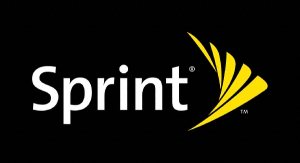Sprint Clarifies Required $10 Premium Data Charge on Evo 4G
There's been a lot of buzz on Twitter tonight about Sprint's required $10 premium data fee for its hot new Evo 4G phone. This charge is on top of the $69.99 Simply Everything plan that includes 450 minutes, unlimited 3G surfing, text messaging, GPS, all-you-can-eat YouTube, and other goodies. At first we thought this was some sort of 4G surcharge, but that's not the case. You'll need to pony up the extra 10 bucks regardless of where you live. Sprint spokesperson John Taylor attempted to clear things up on his blog tonight:
If you buy the Sprint 4G EVO, you have to pay this $10 charge each month. This is specific to the device. It's not related to whether you are using 3G or 4G. It is required if you have the phone. Because the phone has a faster processor, a huge 4.3 inch screen and an 8 megapixel camcorder/camera, we expect you will be using a lot more data than you would with our other devices. These features will give you capabilities that have previously never been available on a wireless device and we think they provide a premium experience. (Remember, this is the world's first 3G/4G Android phone.)
So, basically, you're paying a premium because of what Sprint expects you to do with the phone--namely, consume more data than you ever have in your life. And given the Evo 4G's large display for web surfing and capabilities like two-way video chat, one could argue that this new tier is fair. But as we said before we sincerely hope Sprint doesn't charge customers even more for two-way video chat. That should be built into the $10 premium. Would you pay a minimum of $80 per month to use this phone? Sound off in the comments.
Sign up to receive The Snapshot, a free special dispatch from Laptop Mag, in your inbox.


